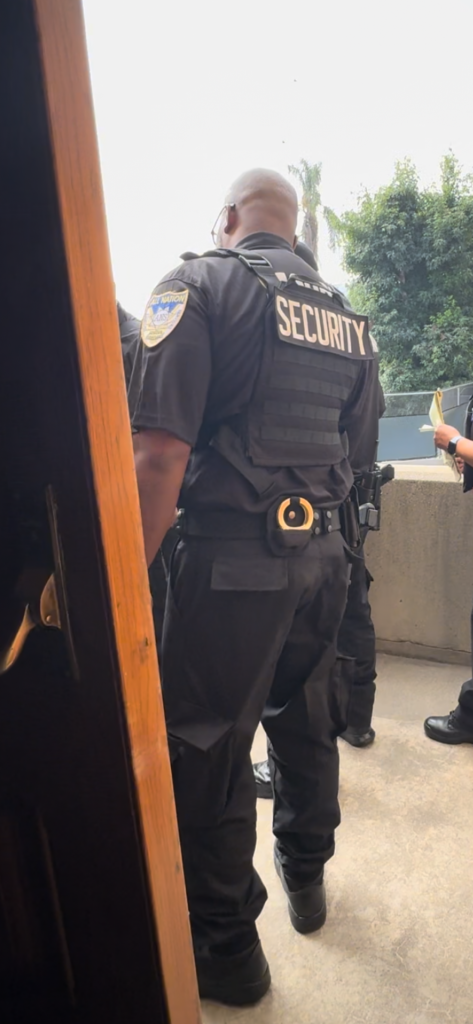(888) 360-2525
Call us
Oct
Understanding the Use of Force by Physical Security Officers

In the world of physical security, one of the most crucial and complex responsibilities is managing the use of force. Security officers are often the first line of defense, tasked with protecting people, property, and assets. However, the use of force must be carefully measured and justified, as it involves legal and ethical considerations.
Defining the Use of Force
The use of force by security officers refers to the actions taken to control a situation, protect individuals, or prevent a crime. Force can range from verbal commands to physical restraint or, in extreme situations, the use of weapons. Officers must always apply the least amount of force necessary to manage the situation while ensuring safety.
Levels of Force
There are typically five recognized levels of force in security and law enforcement:
- Presence: The mere presence of a security officer can deter criminal activity. An officer’s visible authority often prevents situations from escalating.
- Verbal Commands: Officers use calm, clear commands to defuse situations. Effective communication can resolve conflicts without physical intervention.
- Control Techniques: When verbal commands fail, officers may use non-lethal techniques like physical restraint or handcuffing to maintain control.
- Non-Lethal Force: In some cases, non-lethal tools such as pepper spray or batons may be used to manage aggressive individuals.
- Lethal Force: This is the last resort, used only when the officer or others are in immediate danger of serious harm or death.
Legal and Ethical Considerations
The use of force is governed by legal frameworks, which vary by jurisdiction. Security officers must follow these regulations closely and be trained to understand the appropriate level of force in any given situation. They are also required to document incidents involving force to ensure transparency and accountability.
Ethically, the use of force should be a last resort. Officers must balance their duty to protect with the rights of individuals, using de-escalation techniques whenever possible to avoid unnecessary harm.
Training and Preparedness
Proper training is essential for security officers to effectively manage the use of force. This includes:
- De-escalation techniques: Learning to defuse situations before they become violent.
- Legal education: Understanding the local laws surrounding the use of force.
- Scenario-based training: Practicing real-life situations to ensure officers are prepared to respond appropriately.
Conclusion
The use of force by physical security officers is a critical aspect of their role, requiring a balance of authority, restraint, and responsibility. Through proper training and adherence to legal and ethical standards, officers can effectively protect while minimizing the risk of harm.
WWW.Allnationsecurity.com
888-360-2525
George Thabet
